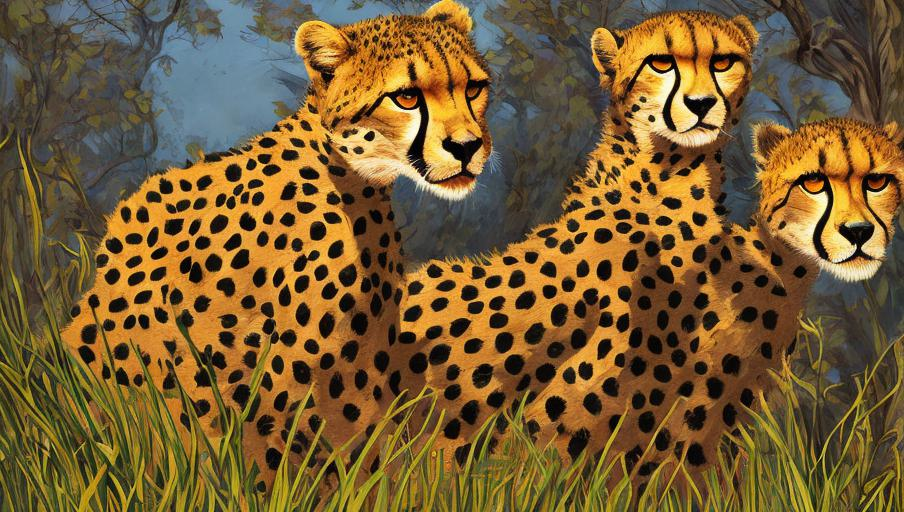Developing Conservation Strategies for Cheetahs

Introduction
Cheetahs are the world’s fastest land animals, capable of reaching speeds of up to 75 mph. They are admired for their beauty, grace, and athleticism, but unfortunately their numbers are rapidly declining due to human activities. As a result, it is essential to develop strategies to protect and conserve cheetah populations.
Threats to Cheetah Populations
The main threats to cheetahs include habitat loss, poaching, and the illegal pet trade. As humans expand and develop land, cheetah habitats are destroyed or fragmented, making it difficult for the animals to find food and mates. Additionally, cheetah parts are highly sought after in the illegal wildlife trade, leading to poaching and the further depletion of the species.
Conservation Strategies
Fortunately, there are a number of strategies that can be employed to protect and conserve cheetah populations. One of the most important is creating protected areas for the animals. This includes setting aside land for the exclusive use of cheetahs, as well as creating buffer zones around existing cheetah habitats to reduce human impacts. Additionally, it is important to increase public awareness about cheetahs and their plight, as well as to strengthen laws and enforcement to deter poachers.
Reintroduction Programs
Reintroduction programs are an important conservation strategy for cheetahs, as they can help to increase the size of the existing population. This involves capturing and relocating cheetahs from areas where their populations are low to areas with more suitable habitats. It is also important to ensure that the cheetahs are able to adapt to their new environment and that there is enough prey for them to survive.
Education and Outreach
Education and outreach are important strategies for cheetah conservation, as they can help to create more awareness and understanding of the species and its plight. This can involve outreach programs in schools, as well as initiatives to engage local communities in conservation efforts. Additionally, it is important to create initiatives to promote sustainable tourism and ecotourism, which can provide an additional source of income for local communities while also helping to protect the environment.
Conclusion
Cheetahs are an iconic species that are in danger of becoming extinct. As a result, it is essential to develop conservation strategies to protect and conserve cheetah populations. These strategies include creating protected areas, increasing public awareness, and reintroduction programs. Additionally, education and outreach initiatives are also important for increasing understanding and engagement with cheetah conservation.





